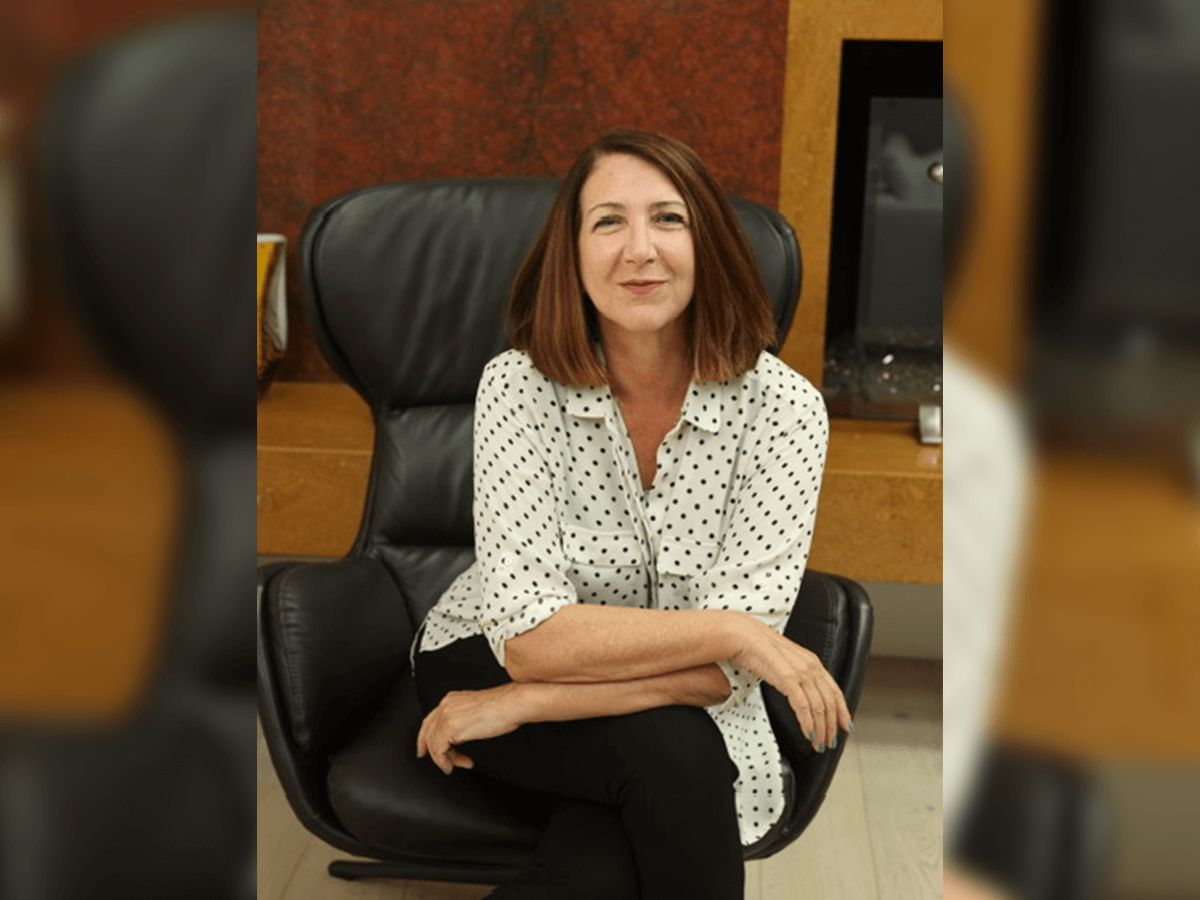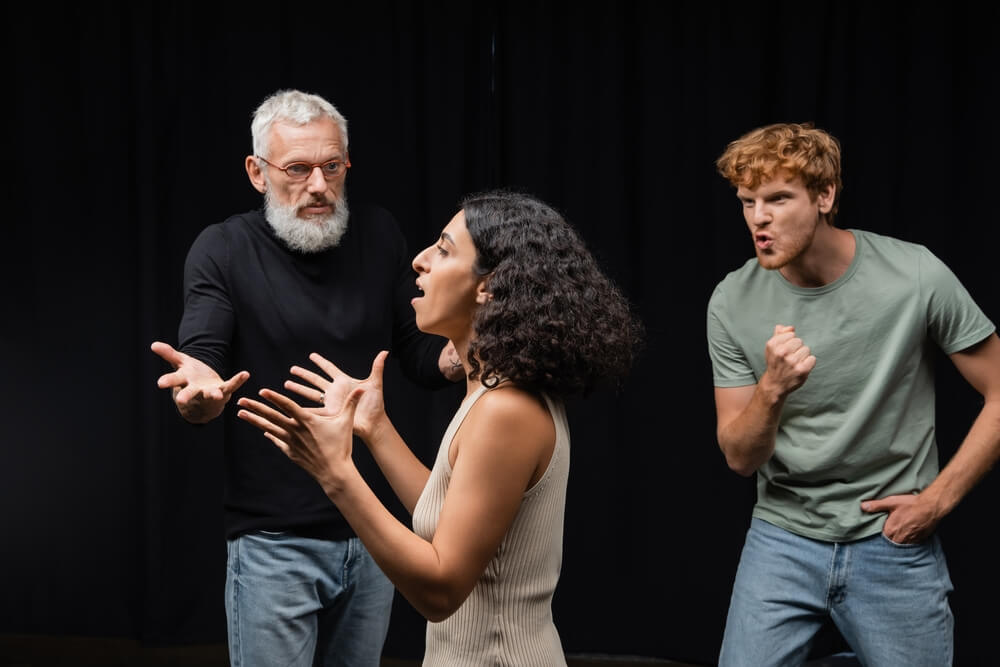How to Capture Your Best Self Tape
With more casting directors requesting self tapes, it’s important for actors to know how to record high-quality videos. Time and resources may limit an actor’s ability to hire a production company for the service. However, when shooting the audition at home, actors need to make sure the final product can be clearly seen and heard by casting. If you find yourself feeling uncertain of how to best capture your own self tape, keep reading.
Tim Powell regularly teaches self-taping classes at the SAG-AFTRA Conservatory, and he’s hosted workshops at Netflix, the Academy of Television Arts & Sciences, and the American Film Institute. The actor known for “Brooklyn Nine-Nine” and “Ray Donovan” has also worked behind the camera, and he uses this combined experience to teach actors everything from the basics to the more technical aspects of shooting. The self-taping guru spoke with Casting Networks to inform actors about the best practices for lighting and audio, in particular.
How do you achieve the best lighting for a self-tape audition?
Use three-point lighting. It gives a two-dimensional space the illusion of being three-dimensional. Most actors don’t understand the technical aspects of it, so their lights are too low, or they just have one light. They end up looking washed out and flat. Three-point lighting consists of a key light, a fill light, and a backlight. The camera should be just a little above the eyeline, and then the lights are 45 degrees up from there, facing down on the actor.
This creates the illusion of sunlight; the same kind of aesthetics that sunlight gives you when it’s falling on your face. It’s more flattering, too. And stand at least three or four feet away from the background so that your shadows fall on the floor, outside of the shot, instead of behind you on the wall. All of these things together will make the light wrap around you to create that three-dimensional illusion.
What about audio?
The most crucial thing is to isolate the actor’s voice. The person who’s reading should be half as loud as the actor who’s speaking. If you think of it in terms of lighting, the actor’s voice is the key voice, and the reader’s voice is the fill voice. The way to achieve this is by distance, such as having the reader step back from the camera so that they’re twice as far away from the microphone as the actor. You can also use a lavalier or shotgun microphone plugged into the camera or smartphone to get the same effect. I’ve honed my list of “Tim’s Top 10 Self-Tape Tech Tips” over the years, and it goes into more detail, as well as illustrating both audio and lighting set-ups.
As for the overall composition, Powell advises framing the shot as a close-up or medium close-up. He reinforces the importance of using a solid background that is free from distractions. Powell recommends that actors keep things simple by shooting and editing self-tapes on their smartphones. “If you use three-point lighting and do the audio correctly, they [casting directors] will never know [it] because the camera phone that you have is probably as good as any $300 or $400 video camera you can go buy,” he shares. If you take Powell’s words to heart, the next time casting requests a self-tape audition, you can send them a professional-quality video without breaking the bank or even leaving your home.
This interview was conducted in 2019.
Looking to get your big break? Sign up or login to Casting Networks and land your next acting role today!
Related articles:
What to Ask For in a Self Tape
Why Self Taped Auditions Are Good for Commercial Actors
Project Creators: Here’s How to Get Self Tapes from Actors




